Lean Manufacturing AKA Toyota Production System is all about elimination of waste in the process. Understanding the impact to the Financial Performance of the business is often misunderstood. Below is a report detailing the value received by relentless focus on elimination of waste.
Lean manufacturing tools are designed to streamline production, eliminate waste, and enhance efficiency. Their implementation can have a significant impact on a company’s financial statements. Here’s a detailed report on how these tools affect key financial statements: the Income Statement, the Balance Sheet, and the Cash Flow Statement.
1. Income Statement
Revenue:
- Increased Sales: Lean tools can improve product quality and customer satisfaction, potentially leading to increased sales.
- Faster Time to Market: By reducing lead times, companies can introduce new products faster, capturing market opportunities and boosting revenue.
Cost of Goods Sold (COGS):
- Reduced Waste: Tools such as Just-in-Time (JIT) and Total Productive Maintenance (TPM) minimize waste, reducing material costs.
- Improved Efficiency: Lean tools streamline processes, lowering labor and overhead costs per unit.
- Lower Inventory Costs: JIT reduces inventory levels, lowering storage and handling costs.
Gross Profit:
- Higher Margins: Lower COGS due to waste reduction and efficiency improvements lead to higher gross profit margins.
Operating Expenses:
- Reduced Operating Costs: Lean techniques, like 5S and value stream mapping, streamline operations, reducing general and administrative expenses.
- Training and Implementation Costs: Initial training and implementation of lean tools can increase short-term expenses but lead to long-term savings.
Net Income:
- Profitability: Overall, the reduction in costs and potential increase in sales contribute to higher net income.
2. Balance Sheet
Assets:
- Current Assets:
- Inventory: Lean manufacturing significantly reduces raw materials, work-in-progress, and finished goods inventory levels, improving inventory turnover ratios.
- Accounts Receivable: Improved product quality and customer satisfaction can lead to quicker payments and lower accounts receivable.
- Non-Current Assets:
- Machinery and Equipment: Investments in efficient machinery and equipment might be required initially but can be offset by the long-term savings in maintenance and operational costs.
Liabilities:
- Current Liabilities:
- Accounts Payable: Lean practices can lead to better relationships with suppliers, potentially leading to better payment terms and reduced payables.
Equity:
- Retained Earnings: Improved profitability will increase retained earnings, enhancing the company’s equity position.
3. Cash Flow Statement
Operating Activities:
- Cash Inflows:
- Increased Sales Receipts: Higher sales volumes and quicker customer payments improve cash inflows from operating activities.
- Lower Operating Costs: Reduced costs enhance cash flow from operations.
- Cash Outflows:
- Reduced Inventory Purchases: Lower inventory levels result in reduced cash outflows for inventory purchases.
- Initial Training and Implementation Costs: Initial cash outflows might increase due to training and implementing lean tools, but this is typically outweighed by long-term savings.
Investing Activities:
- Capital Expenditures: There may be increased cash outflows for purchasing new machinery and technology to support lean initiatives.
- Sale of Assets: Improved processes might lead to the sale of obsolete or excess assets, generating cash inflows.
Financing Activities:
- Debt Repayment: Improved cash flow from operations can enhance the company’s ability to repay debt.
- Dividends: Higher profitability may enable the company to pay higher dividends to shareholders.
Summary of Lean Manufacturing Tools and Financial Impact
- Just-in-Time (JIT):
- Reduces inventory levels, lowering carrying costs.
- Enhances cash flow by reducing cash tied up in inventory.
- Total Productive Maintenance (TPM):
- Increases machinery uptime and productivity.
- Reduces maintenance costs and downtime.
- 5S:
- Streamlines workplace organization.
- Reduces waste and improves efficiency.
- Value Stream Mapping:
- Identifies and eliminates process inefficiencies.
- Enhances process flow and reduces cycle times.
- Kaizen (Continuous Improvement):
- Promotes ongoing incremental improvements.
- Reduces costs and improves quality over time.
Conclusion
The implementation of lean manufacturing tools leads to improved efficiency, reduced costs, and enhanced quality, which positively impact a company’s financial performance. While initial investments and training costs may temporarily affect cash flow, the long-term benefits include higher profitability, improved asset utilization, and stronger financial health. By adopting lean practices, companies can achieve sustainable growth and a competitive edge in the market.




